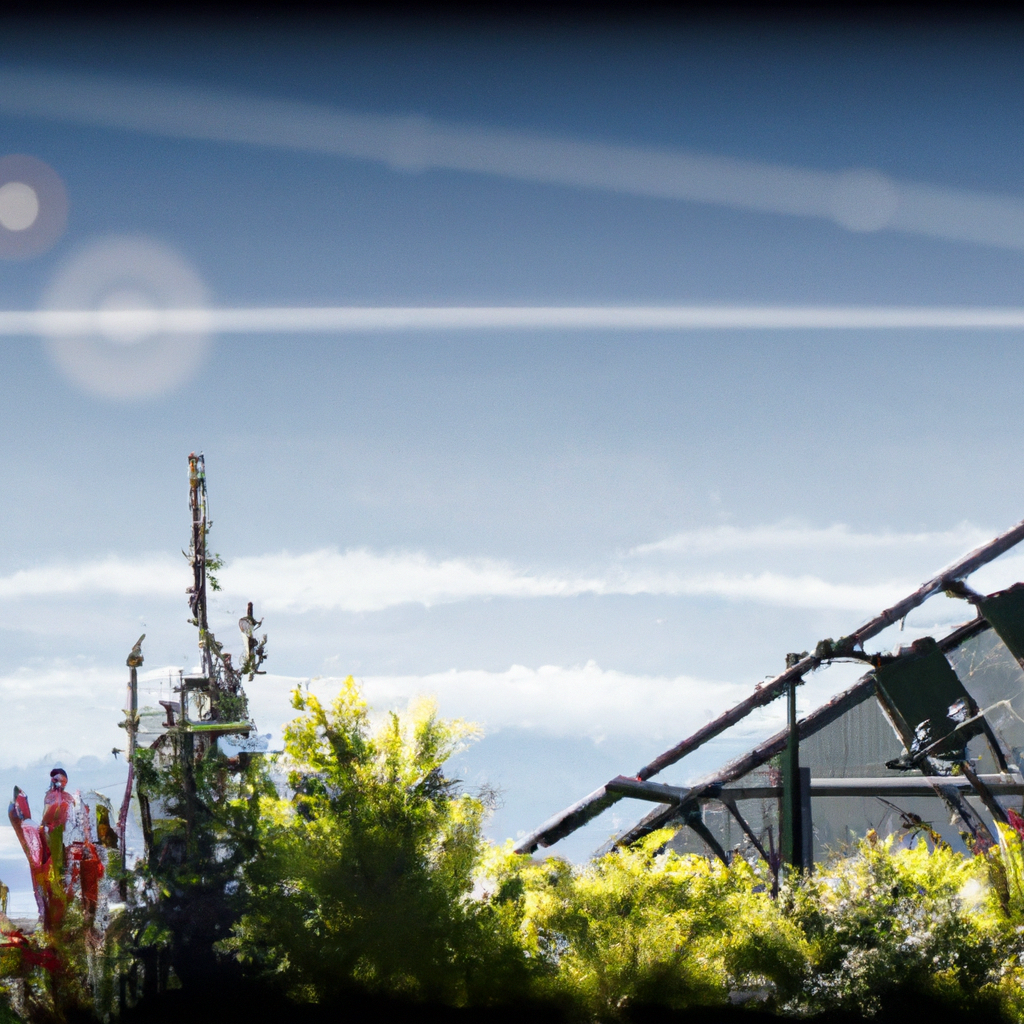By John “Magic” Greenleaf – Growing greatness, one strain at a time.
Introduction
Growing cannabis at high altitudes presents a unique set of challenges and opportunities. The thin air, increased UV exposure, and fluctuating temperatures of high-altitude environments can push plants—and growers—to their limits. But with these challenges come innovations that can lead to more resilient strains, exceptional flavors, and potent cannabinoid profiles. As a seasoned cultivator with over 30 years of experience in Colorado, I aim to shed light on the dynamics of high-altitude cannabis growing.
Embracing Environmental Challenges
High altitude environments can be both a cultivator’s bane and boon. The reduced atmospheric pressure decreases oxygen levels, which can stress plants but also strengthen them over time. Additionally, the increased UV exposure leads to a natural defense mechanism in cannabis, resulting in higher resin production.
- UV and Terpenes: Enhanced UV exposure can boost terpene levels, giving high-altitude strains their unique aromatic profiles.
- Temperature Swings: Drastic temperature changes challenge growth but can also trigger potent adaptive responses in cannabis.
- Water Conservation: In these regions, water efficiency isn’t just preferred—it’s essential.
Innovations in High-Altitude Cultivation
Thriving in high-altitude conditions requires not just resilience but also innovation. Below are a few methods I’ve found particularly effective in optimizing growth in such challenging conditions:
- Advanced Genetics: Breeding strains that naturally thrive in high-altitude environments ensures robust plant defense and premium output.
- Sustainability Practices: Implementing drip irrigation and high-efficiency LED lighting systems have drastically cut down water and energy usage.
- Humidity Management: Employing state-of-the-art humidity control, maintaining 55-60% RH during veg and reducing to 45-50% RH during the flowering stage, prevents mold and maximizes resin production.
Breaking the Mold: Real-World Examples
In my experience, selecting the right genetic profile is critical. Strains like “Mile High Mystique” and “Magic Kush” have demonstrated exceptional resilience and unique aromatic profiles when cultivated at altitude. Additionally, by leveraging organic soil that retains moisture efficiently, I’ve been able to save over 10,000 gallons of water annually—a testament that sustainable innovation works wonders at altitude.
Tags: High-Altitude Growing, Sustainable Cultivation, Advanced Genetics, Terpene Mastery


Leave a Reply